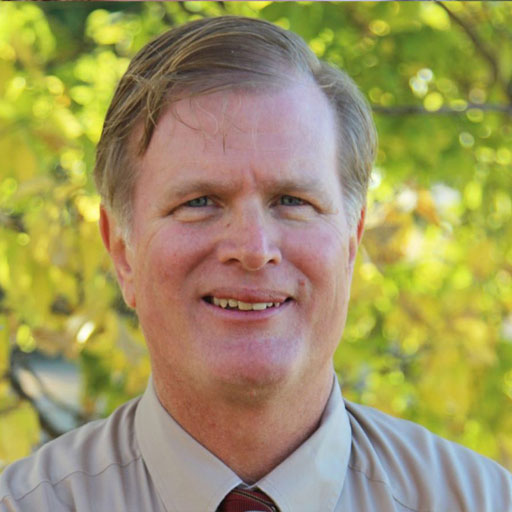Earth Day 2024 is being recognized nationwide with a theme of Planet vs. Plastics.
The first Earth Day was April 22, 1970, under the leadership of the late U.S. Sen. Gaylord Nelson of Wisconsin, who watched a large oil spill in Santa Barbara, California. With the help of Congressman Pete McCloskey, it led first to “teach-ins” about the need to take care of the environment, according to earthday.org.
The movement has been credited for the formation of the Environmental Protection Agency in 1970 and several years later the clean air and clean water acts.
Youth volunteers
Symbolically over the years, many truckloads of trash have been picked up around school yards, community parks and along rivers. Many 4-H clubs, FFA chapters, Boy Scouts, Girl Scouts, church groups, civic clubs and other community leaders put political agendas aside and put on work boots and gloves to make their local communities better.
Those drives, which continue today, are lauded for their successes. As one who helped on several efforts, those were proud moments in the communities I grew up and lived in.
As the movement continues, we have made tremendous strides. As much as Earth Day is about making our communities better, we also have to take a reasonable approach in all our matters. Harnessing our inner good has to be balanced with our need to keep our economy growing.
When the EPA and other regulatory agencies make decisions, it can have long-term impacts. Recently the EPA announced final tailpipe emission standards that are going to be difficult to achieve in farm country. The standard is for model years 2027 through 2032 for passenger cars, light-duty trucks and medium-duty vehicles. A story by David Murray about the EPA decision and reaction is on hpj.com.
Much of it has to do with the drive for electric vehicles, which proponents say represent a nearly 50% reduction in projected fleet average greenhouse gas emission levels for light-duty vehicles and 44% reductions for medium-duty vehicles.
Not a good trade
However, the Kansas Corn Growers Association noted there is a trade-off that will not work for farmers. They need half-ton or three-quarter-ton trucks for work, and the electric vehicles are not suitable for heavy use.
Other entities with rural ties, including proponents of renewable fuels, say much more should go into estimates. The Renewable Fuels Association said investments into bio-fuels are helping reduce carbon emissions.
Balancing act
More farmers and ranchers are looking at crop rotations and using cover crops, when feasible, to save moisture, build long-term soil health and boost yields of traditional crops grown in the High Plains. Farmers and ranchers have a balancing act of the need to feed the world, while staying profitable and managing resources for the long term.
The environmental movement for farmers and ranchers, often captured so vividly in the Dust Bowl, led to a heightened need for soil and water conservation. Those continue to stay in place and are good strategies to follow.
We’ll never have a perfect environment, but many of the initiatives have roots in the High Plains, and if common sense prevails we can continue to improve the environment and leave it better for future generations.
Dave Bergmeier can be reached at 620-227-1822 or [email protected].



